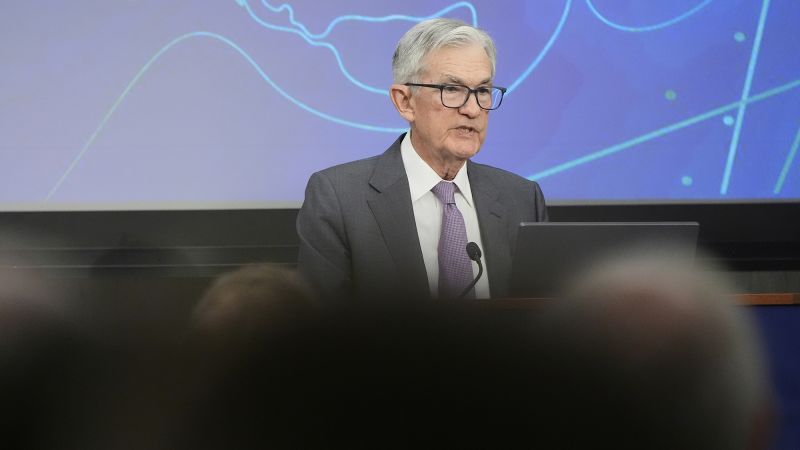The recent economic landscape in the United States has been heavily influenced by political developments, particularly those stemming from the Trump administration. Since taking office, President Donald Trump has been vocal in his calls for the Federal Reserve to reduce interest rates. However, the Federal Reserve officials have maintained a cautious approach, choosing to observe the effects of Trump’s sweeping policy changes on the economy before making significant financial decisions.
A new and pressing factor influencing this decision-making process has emerged—the burgeoning conflict between Israel and Iran. The escalation of tensions reached a tipping point when, on a Friday, Israel launched an unprecedented attack targeting Iran’s nuclear and military facilities. This maneuver sent shockwaves through global oil markets, resulting in a surge in oil prices. Investors and economists alike expressed concerns that this escalating strife could exacerbate inflationary pressures worldwide, including within the United States’ economy. Such developments raise additional concerns as the Federal Reserve approaches a critical two-day policy meeting.
Robert Sockin, a senior global economist at Citigroup, pointed out that if the situation in the Middle East were to deteriorate further and oil prices remained consistently elevated, it would complicate the Federal Reserve’s already challenging task. The potential introduction of tariffs could further pressure inflation levels, which would weigh heavily on the Fed’s decision-making process. Sockin emphasized that the Federal Reserve is not in a hurry to cut interest rates yet because they are still assessing how existing tariffs will impact the economy over time. The new backdrop of increased inflationary risks may suggest that a rate cut could be more likely at the end of the year rather than sooner.
Trump’s policies that affect trade, immigration, and other economic areas are anticipated to raise unemployment rates and escalate prices, adding another layer of complexity to the economic snapshot. His erratic pivoting on tariffs has made it significantly more difficult for economists to project how the economy will evolve in the coming months. The Fed has previously indicated that they are taking a wait-and-see approach regarding the implications of Trump’s policies, and the intensifying Middle East tensions only underscore this cautious stance.
According to John Velis, a macro strategist at BNY Mellon, monetary policy has its limitations in addressing geopolitical shocks. Yet, the current climate of uncertainty necessitates even greater caution from the Federal Reserve. The ongoing stability of the labor market in the U.S. serves as an important cushion for the Federal Reserve’s monetary considerations. With unemployment figures holding steady at a low 4.2% and employers having added 139,000 jobs in May alone—surpassing expectations—the overall economic outlook appears resilient, allowing the Fed to postpone any rate cuts for the time being.
Despite the pressure of high oil prices, the Federal Reserve may still choose to implement cuts if the economy shows signs of faltering. Jay Bryson, chief economist at Wells Fargo, highlighted the unpredictable nature of the situation, suggesting that while rising oil prices could lead to higher inflation, the real test will come if job growth weakens as projected later in the summer. Observations of governmental payroll adjustments suggest that by November, several federal employees may roll off payroll, potentially leading to a notable downturn in employment numbers.
As uncertainty reigns, investors have begun speculating on an imminent rate cut in October, as indicated by futures markets. The Federal Reserve’s insights and updated projections will be forthcoming in the near future, potentially illuminating their strategy in light of the dynamic and volatile economic landscape shaped by unforeseen geopolitical circumstances.



